New Hope School, a beacon of hope and education for children with special needs in Pretoria, is set to receive a generous donation of…
Do you agree with the 2016 Video Game Hall of Fame inductees?
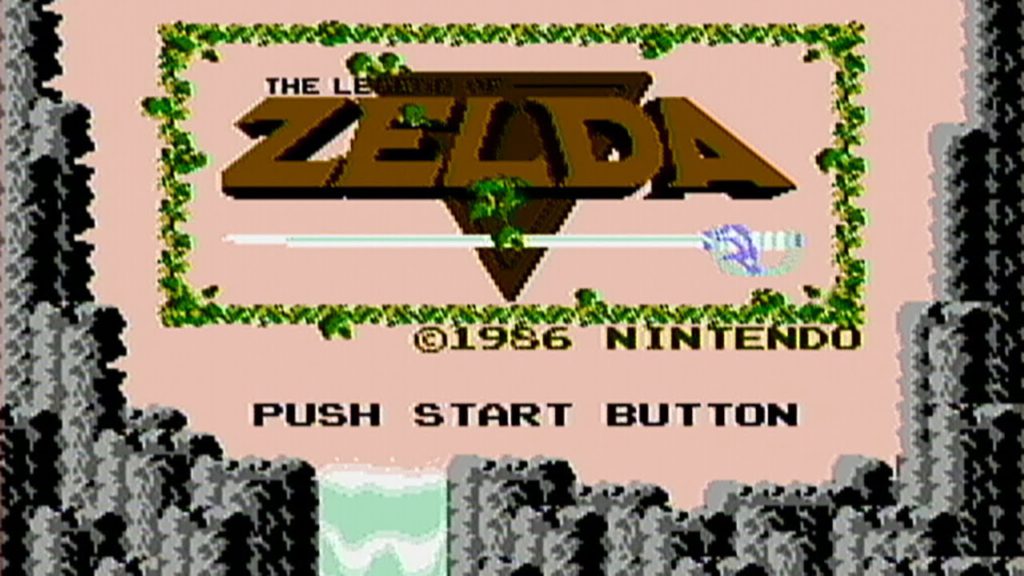
The Video Game Hall of Fame is an international hall of fame that celebrates and recognizes various electronic game titles (arcade, computer, console, handheld, mobile) that “exerted influence on the video game industry or on popular culture and society in general”.
This hall of fame was established on June 4, 2015 by The Strong’s National Museum of Play, a highly interactive and collections-based museum based in Rochester, New York. It is currently one of the largest museums in the United States and boasts the world’s greatest collection of historical materials related to the art of “play”.
For a title to be considered eligible for the Video Game Hall of Fame, it has to adhere to four basic criteria: iconic status, longevity, geographical reach and influence.
Last year we saw our first inductees with titles such as Tetris, Super Mario Bros. and Doom. Now let us take a look at who made the cut in round two. These are 2016’s inductees to the Video Game Hall of Fame…
GTA III
Release Date: 22 October 2001
Genre: Third-person Action-Adventure
Developer: DMA Design
Publisher: Rockstar Games
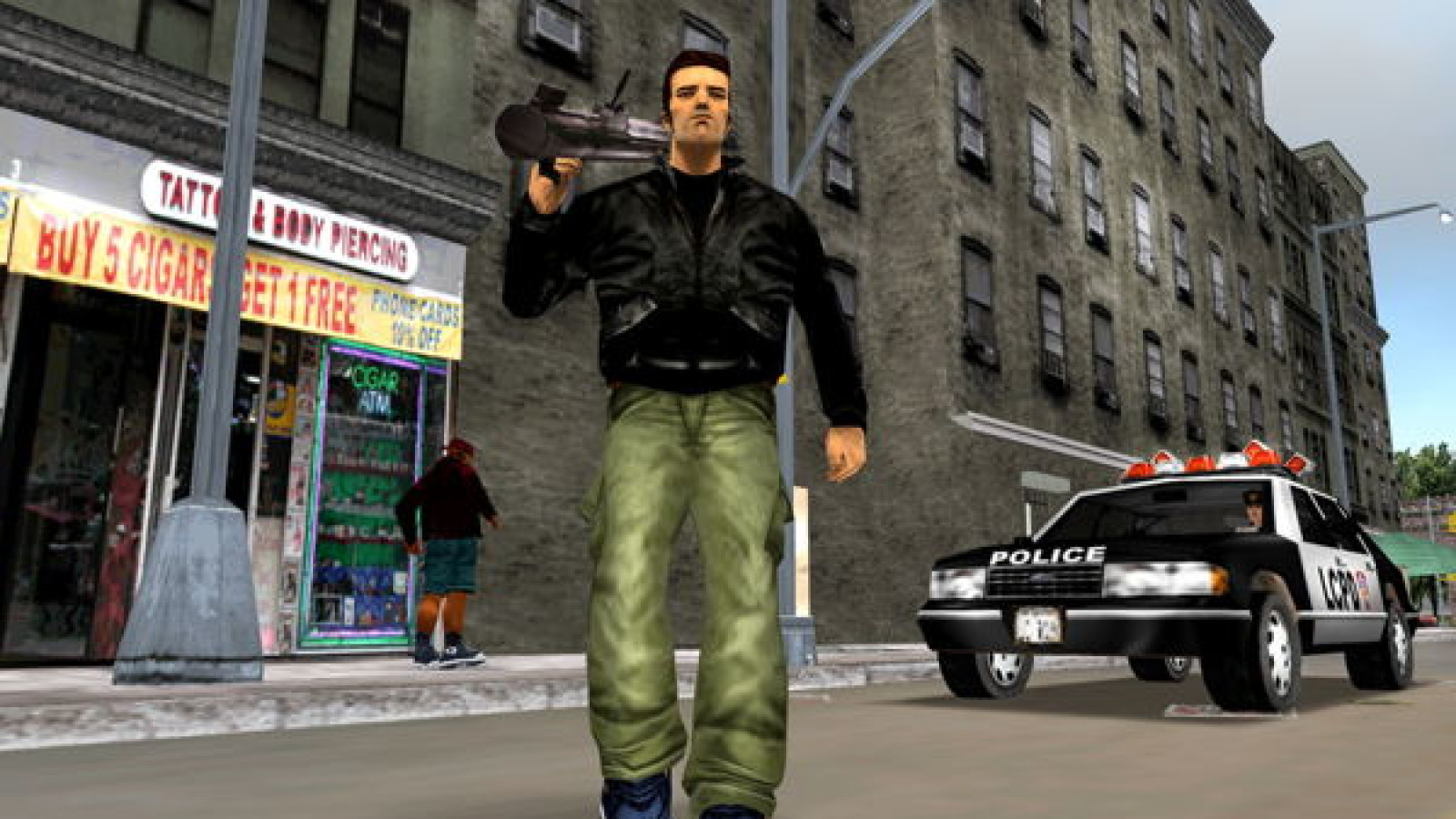
Who can forget the glorious day when the world was given GTA III. After years of wreaking immeasurable havoc in one of history’s greatest top down shooters, we were blessed with the first 3D adventure in the Grand Theft Auto series.
Often cited as one of the most significant titles in the sixth generation of games, GTA III exerted great influence on the future landscape of gaming. Its combination of open-world freedom, mature themes and immersive narrative resulted in an experience that few could rival.
The player takes on the role of the voiceless protagonist, Claude, who aims to work his way up the criminal ladder in Liberty City. To achieve this, Claude has to complete multiple missions for various criminal gangs to earn respect and progress further in the storyline. Depending on which missions the player chooses to complete, Claude starts to befriend certain gangs while becoming a target of others.
Much like its predecessors, but under the scrutiny of a greater audience, GTA III was seen as an extremely controversial gaming title. While some saw it as promoting violence and criminal activity, calling it nothing more than a “thug simulator”, other saw it as a potent form of social commentary and satire.
Sonic the Hedgehog
Release Date: 23 June 1991
Genre: Platformer
Developer: Sonic Team
Publisher: SEGA
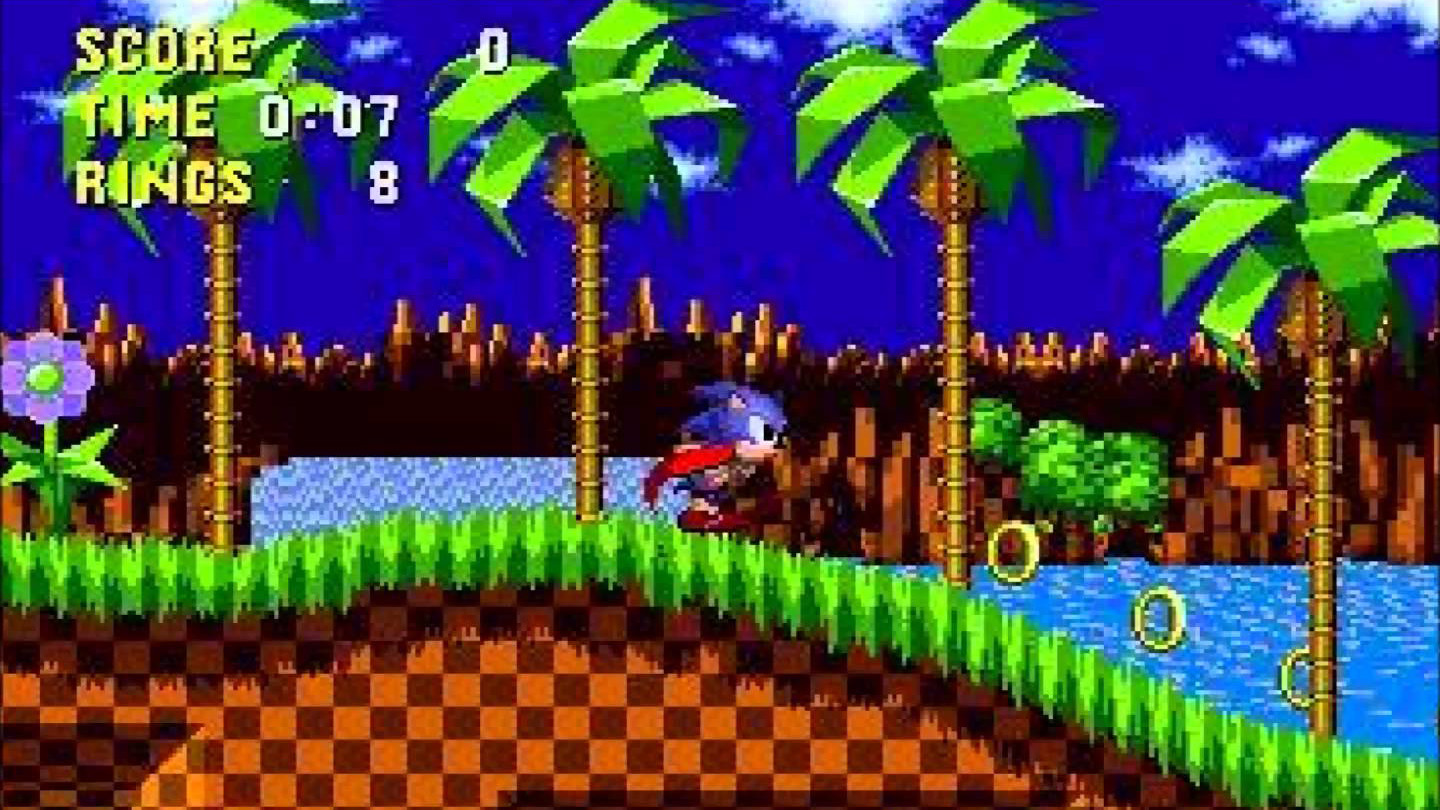
Sonic the Hedgehog is easily one of the most prolific platformers in the history of gaming. My childhood is laden with both delightful and frustrating memories pertaining to my time with the iconic cobalt blue 16-bit hedgehog.
Sonic was born in the midst of the 90’s console battle, a child of war so to speak. At this point Nintendo lead the war with Mario as its champion but SEGA was intent on providing them with a rival. They decided to host an in-house contest to find their own champion and so Sonic the Hedgehog came to be, named after his ability to travel at supersonic speeds.
While a platformer wasn’t necessarily the most unique approach in gaming, Sonic’s superfast and fluid gameplay was something that no one had experienced before. Its level design encouraged rapid and intense gameplay while each level’s ten minute time limit instilled each player with a sense of urgency. Couple this with a rather hip and cocky blue hedgehog and you’re sitting with one of the most addictive gaming recipes in history.
Sonic the Hedgehog went onto sell over fifteen million copies worldwide, making it the best selling SEGA Genesis title of all time.
The Sims
Release Date: 4 February 2000
Genre: Life Simulation
Developer: Maxis
Publisher: Electronic Arts

Oh dear, oh dear, oh dear… how much of my life did I not willingly hand over to the original The Sims. Who would have thought that a game about simply living your mundane life could be so addictively consuming?
Will Wright, the creator of The Sims, is such a visionary. It was early in career while he was developing a helicopter game (Raid on Bungeling Bay), where you had to bomb enemy bases to prevent them from building a war machine, where he realised that he had more fun building the game and making it function than actually playing it. “Why does the game ever have to end?” Wright asked himself and so the simulation genre was born, eventually leading to the creation of the The Sims.
In The Sims you take control of one or more personalised characters and guide them through their everyday lives. From eating and sleeping to finding a job to social relationships, you managed every aspect of these digital beings’ lives. But the fun didn’t end there.
The Sims also provided you with ability to build and furnish your own house, making you feel as if you were some omnipotent architect god that bestowed your aesthetic blessings upon lesser beings.
Only two years after its release, This Sims surpassed Myst as the bestselling PC game of all time, selling over eleven million copies worldwide. Since then it has spawned an almost endless franchise of sequels, spinoffs and expansions, cementing its colossal status with over 175 million copies sold worldwide.
I’m not sure what made this game so addictive. Maybe it helped dim that feeling of helplessness that we sometimes feel in our own lives, that by managing to control these small avatars’ lives we somehow had more control over our own. Whatever the answer may be, there is no doubt that The Sims deserves its place in the Video Game Hall of Fame.
Space Invaders
Release Date: June 1978
Genre: Arcade Shooter
Developer: Tomohiro Nishikado
Publisher: Taito (JP), Midway (NA)
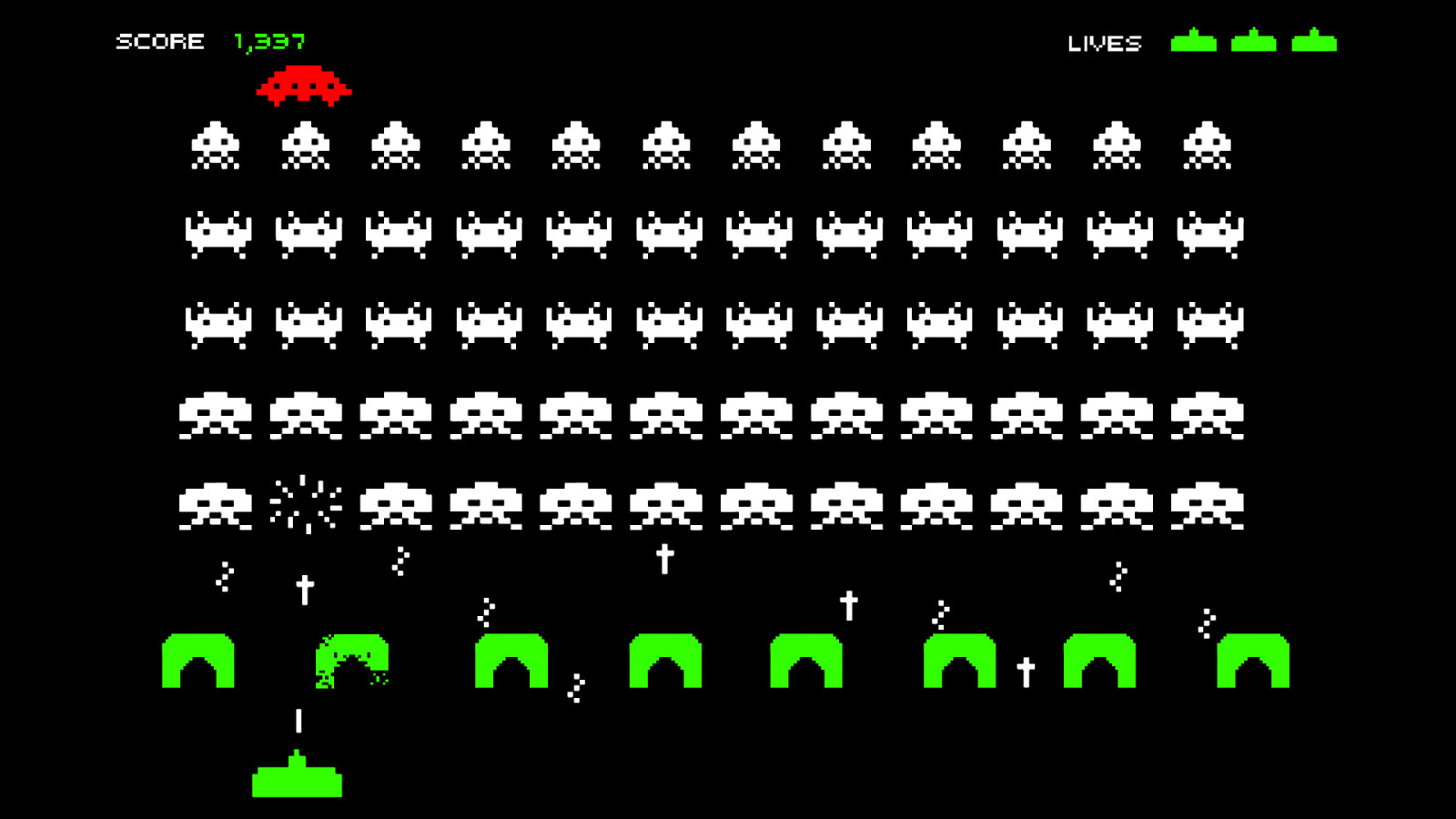
I must admit that I am quite surprised that Space Invaders didn’t make it into the Video Game Hall of Fame the first time around. It is one of the few titles that are responsible for catapulting the world of gaming into mainstream success, laying many foundations present in the gaming world of today.
As one of the earliest video game titles, Space Invaders’ premise was quite simple. You played a laser cannon that was tasked to shoot down an incoming alien invasion. That’s it. No side quests, alternative endings or upgrades, just you shooting down wave after wave of pixelated aliens.
The laser cannon could only be controlled horizontally across the bottom of the screen and only shoot straight at the gradually oncoming eleven-by-five wave of aliens.
As simple as it sounds, there was something incredibly meditative and addictive about this constant repetition. I can remember my friends and me spending days on end playing Space Invaders. I can easily admit that this title provided me with some of the tensest gaming moments of my life.
But for a game to be considered eligible for the Video Game Hall of Fame¸ it must have exerted some influence on the gaming industry beyond simple popularity.
Space Invaders, in its heyday, was seen as a masterpiece. Its graphics were considered as “compelling” and the arcade version was one of the first Japanese games to make use of the revolutionary microprocessor.
It also boasted many innovations that are still prevalent in video games today, such as the “high score” counter that tracked all points earned by shooting down aliens. Bonus points were awarded when a player managed to shoot down the “mystery ship” that seldom appeared.
Interestingly, Space Invaders was also one of the main reasons Atari became so successful. Many people flocked to the Atari 2600 so that could murder wave upon wave of pixelated aliens in the comfort of their home.
Legend of Zelda
Release Date: 21 February 1986
Genre: Action-adventure
Developer: Nintendo
Publisher: Nintendo
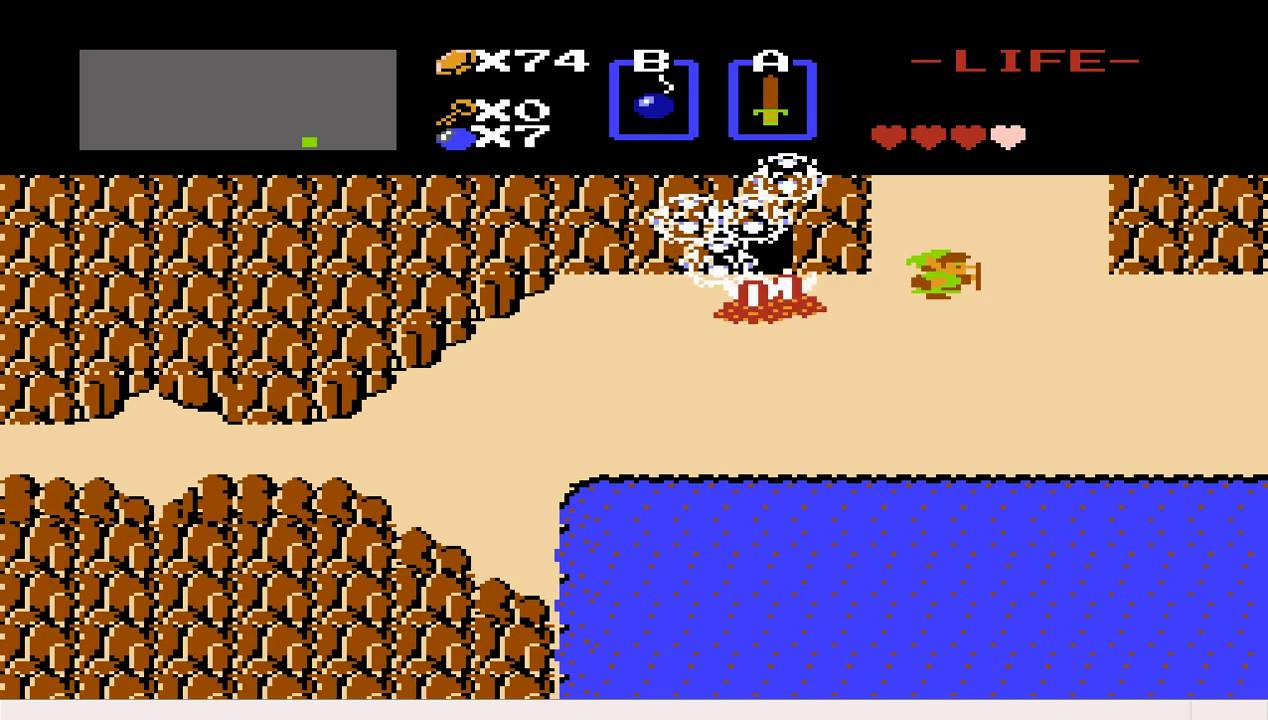
The Legend of Zelda is one of those highly regarded titles that somehow managed to slip through my radar. Everywhere people talk about it, articles praise it and publications regularly list it as one of the best games in recorded history. Now with it being inducted in the Video Game Hall of Fame, my curiosity was peaked. I just had to see what the fuss was all about.
The Legend of Zelda follows the coming-of-age story of Link. Link has to collect the eight fragments of the “Triforce of Wisdom” so that he can save the Princess Zelda from the wicked Ganon, the embodiment of pure evil.
The Legend of Zelda was the creation of mastermind Shigeru Miyamoto (Mario, Donkey Kong Star Fox), the champion of Nintendo game design. It was one of the first games to incorporate a non-linear and open-world narrative that encouraged exploration, basically leading to the creation of the RPG genre.
This free and open gameplay approach was inspired by Miyamoto’s childhood adventures. As a child, Miyamoto often made expeditions into the majestic forests and countryside of his hometown, Kyoto. It was the sense of awe and discovery that he felt on these adventures that he wanted to translate into a video game. The result was the Legend of Zelda.
It was the first title to be released with Nintendo’s Famicon System in 1986. Since then, it has not only become one of Nintendo’s greatest franchises but its hero, Link, is one of the most iconic and recognizable video game characters of all time.
The Legend of Zelda went on to sell over 6.5 million copies worldwide and has become the fourth best selling NES title in history, coming in just after the first three Super Mario games.
The Oregon Trail
Release Date: 3 December 1971
Genre: Educational
Developer: MECC
Publisher: MECC
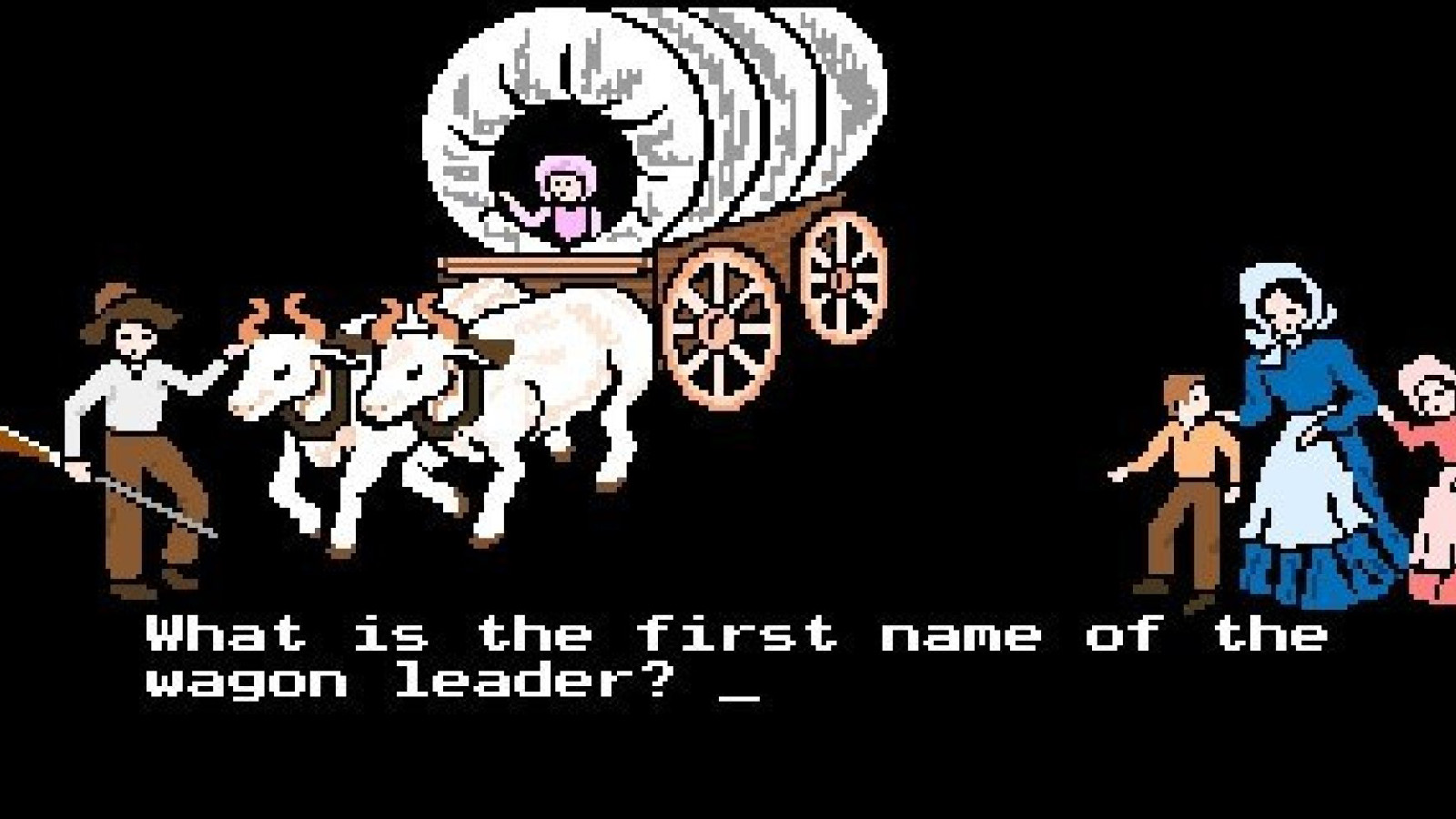
Now I must admit that The Oregon Trail is bit of a brain bender for me. Unlike The Legend of Zelda, which I have at least heard of (just never played it), I wasn’t even aware of the existence of The Oregon Trail until writing this article. It has been inducted in the Video Game Hall of Fame though, so let’s see what makes this game so special.
The Oregon Trail was one of the first computer games that fused the process of learning and fun of gaming into a single experience. Developed by three student teachers (Don Rawitsch, Bill Heinemann, Paul Dillenberger), this title was originally created as an educational tool for Minnesota schoolchildren.
It aimed to teach these pupils some American history by putting them in the shoes of Western settlers that are crossing the continent to reach the Pacific Coast. To do so, players would have to manage various aspects of the journey such as food rations, travelling speed, which items to bring on the journey and what actions to take in a low-food or disease crisis.
The game proved to be quite popular among the Minnesota kids and Rawitsch, after joining the Minnesota Educational Computer Consortium (MECC) in 1974, developed a distributable version for schools all over the United States.
The Oregon Trail didn’t only serve as a way to learn about 19th century American pioneers, but also provided a means for users to get accustomed to their computers.
The Oregon Trail went on to sell over 65 million copies and has become the oldest continually available game in history, able to be even played on the latest smartphones.


